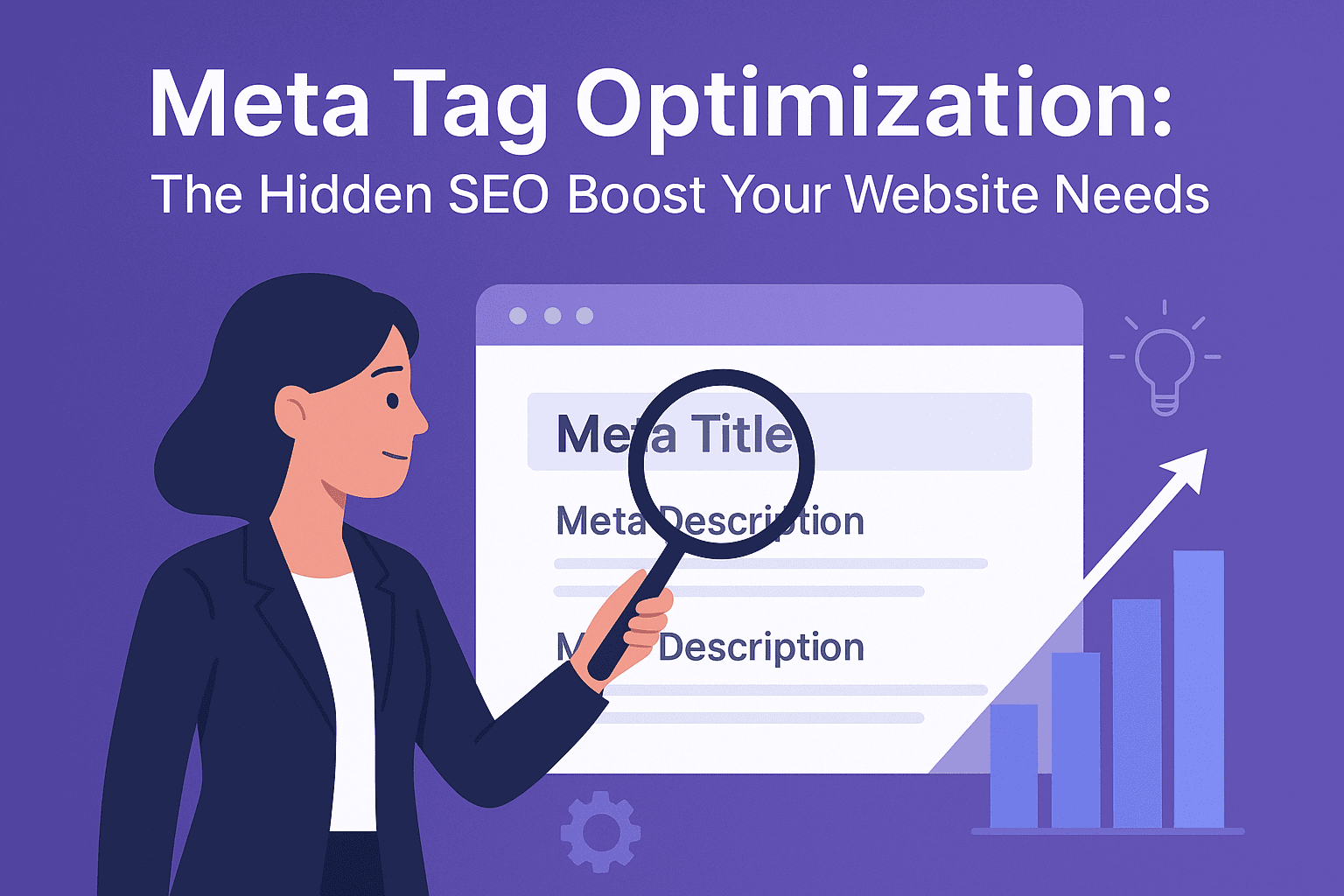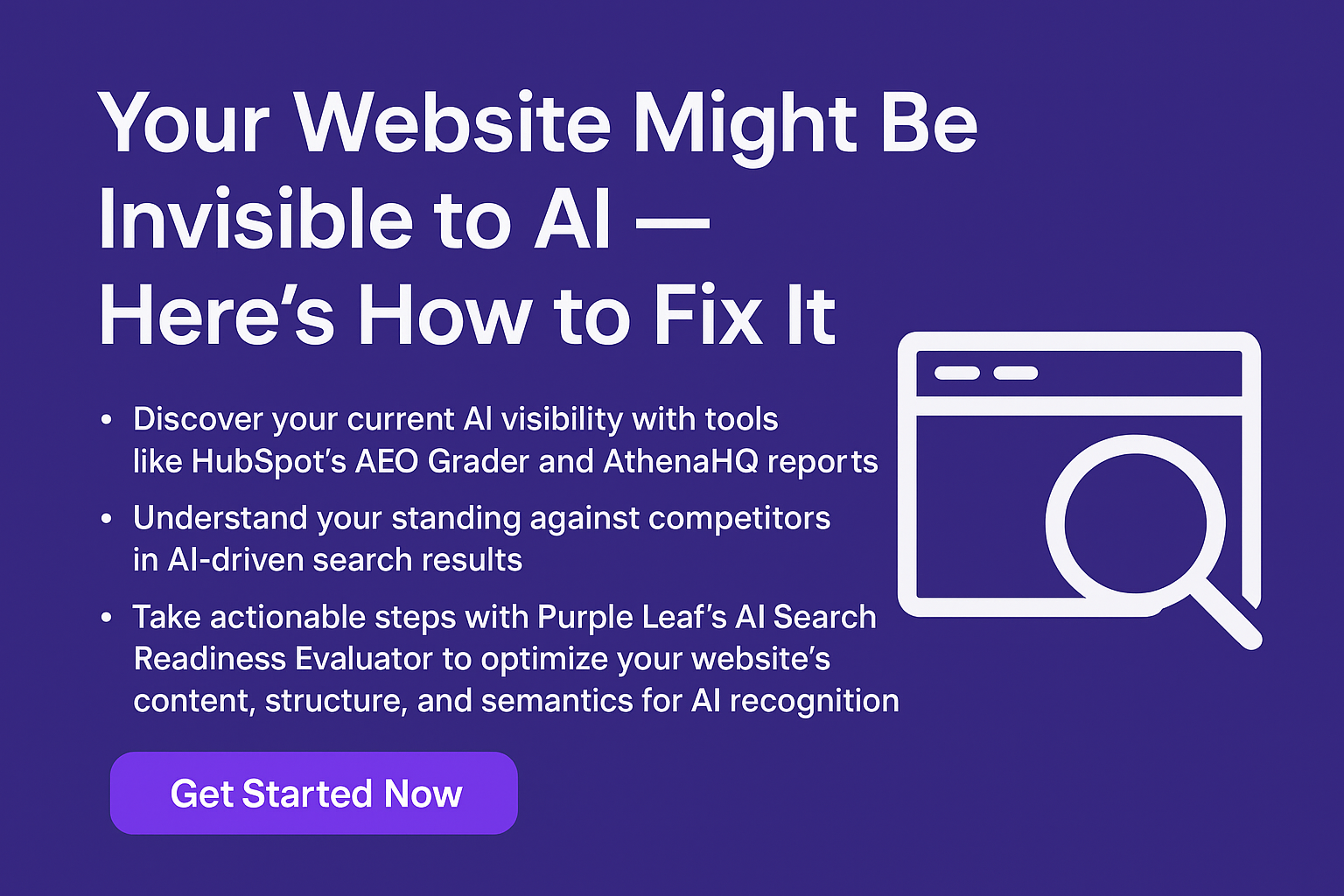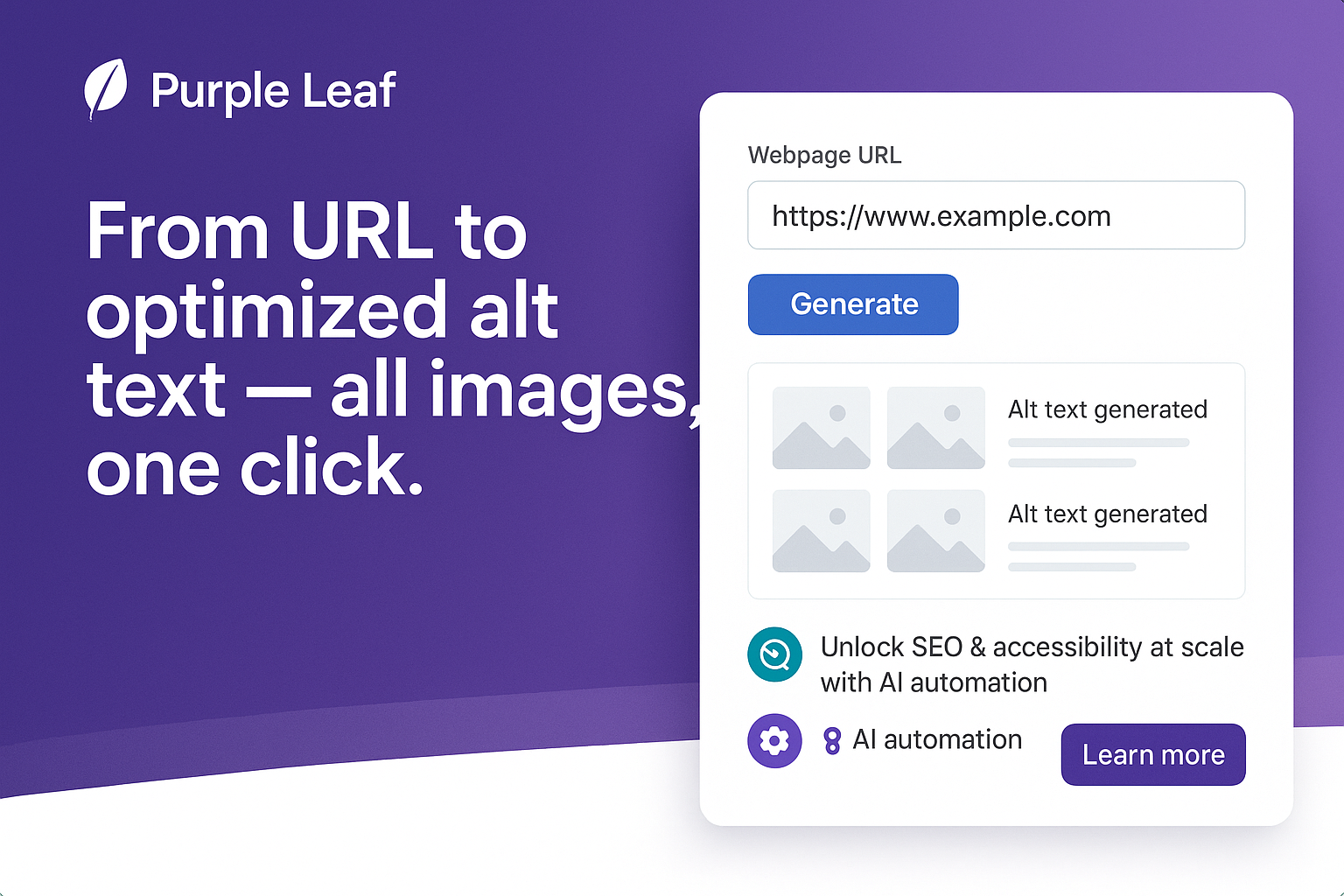
When people search online, they often phrase their queries as direct questions—“How do I fix this?”, “What’s the best option?”, or “Why does this matter?”.
In our last blog on TL;DR / Summary, we discussed how short takeaways help AI quickly understand your content. Q&A blocks take that idea further by providing clear, structured answers to specific questions. This not only makes your site more useful to readers but also gives AI the clarity it needs to feature your content in overviews, snippets, and even voice search responses.
What Are Q&A Blocks?
Q&A blocks are structured sections on your website that explicitly present common questions with clear answers. Think of them as mini knowledge hubs—fast, digestible, and easy for both humans and AI to read.
Unlike a traditional long-form FAQ page that’s often buried at the bottom of a site, Q&A blocks can be placed directly within key pages—service pages, product pages, or even blog posts—where users are most likely to have questions. When marked up with FAQ schema, they also stand a chance of appearing directly in Google search results, making your content more visible.
Why Q&A Blocks Matter for SEO & AI Readiness
1. They Boost Comprehension
AI systems thrive on structure. When you present information in a clear Q&A format, you’re essentially handing AI a roadmap to understand your content.
2. They Power Voice Search
When someone asks Siri, Alexa, or Google Assistant a question, chances are the answer is being pulled from an FAQ or Q&A block. Writing in a conversational style increases the odds of your content being chosen.
3. They Increase Visibility in AI Overviews & Snippets
With AI-driven search results and “People Also Ask” boxes dominating SERPs, Q&A blocks improve your chances of being included. Structured answers stand out, giving you prime real estate in search.
4. They Improve User Experience
From a human perspective, FAQs save time. Visitors don’t have to dig through paragraphs of text—they get direct answers upfront. That clarity builds trust and helps reduce friction in decision-making.
How to Use Q&A Blocks Effectively
- Research Questions People Actually Ask
- Use Google’s “People Also Ask” feature, forums, and your own support tickets.
- Use Google’s “People Also Ask” feature, forums, and your own support tickets.
- Write Concise, Direct Answers
- Avoid jargon and keep responses clear. Aim for 40–60 words where possible.
- Avoid jargon and keep responses clear. Aim for 40–60 words where possible.
- Leverage FAQ Schema Markup
- Implement FAQPage schema so search engines recognize your Q&A content.
- Implement FAQPage schema so search engines recognize your Q&A content.
- Keep Them Updated
- Questions evolve as industries, products, and customer behavior change. Refresh regularly.
- Questions evolve as industries, products, and customer behavior change. Refresh regularly.
Best Practices
Getting the most out of Q&A blocks requires more than just listing questions and answers. Here are some proven tips:
- Write in Natural, Conversational Language
- Imagine you’re answering a friend’s question. Keep it simple, straightforward, and aligned with how people actually search online.
- Imagine you’re answering a friend’s question. Keep it simple, straightforward, and aligned with how people actually search online.
- Balance Broad and Specific Queries
- Cover both high-level questions (“What is this service?”) and more detailed ones (“How long does delivery take in Melbourne?”). This creates depth and helps capture both general and niche searches.
- Cover both high-level questions (“What is this service?”) and more detailed ones (“How long does delivery take in Melbourne?”). This creates depth and helps capture both general and niche searches.
- Keep Answers Concise but Complete
- Aim for 40–60 words for each answer. That’s the sweet spot for AI snippets while still giving enough context to satisfy readers.
- Aim for 40–60 words for each answer. That’s the sweet spot for AI snippets while still giving enough context to satisfy readers.
- Use FAQ Schema Markup
- Implement FAQPage schema to give search engines structured signals. This can significantly increase your chances of being pulled into featured snippets and AI overviews.
- Implement FAQPage schema to give search engines structured signals. This can significantly increase your chances of being pulled into featured snippets and AI overviews.
- Link to Supporting Content
- Where relevant, direct readers to detailed blog posts, product pages, or service guides. This not only improves navigation but also strengthens internal linking.
- Where relevant, direct readers to detailed blog posts, product pages, or service guides. This not only improves navigation but also strengthens internal linking.
- Update Regularly
- Customer needs evolve. Review your Q&A blocks at least quarterly to add new questions, remove outdated ones, and refine answers.
- Customer needs evolve. Review your Q&A blocks at least quarterly to add new questions, remove outdated ones, and refine answers.
Common Mistakes to Avoid
Even though Q&A blocks seem straightforward, many websites undercut their impact by making avoidable mistakes. Watch out for these:
- Overstuffing with Irrelevant Questions
- Adding too many “filler” questions just to pad out the section weakens credibility. Focus on relevance over quantity.
- Adding too many “filler” questions just to pad out the section weakens credibility. Focus on relevance over quantity.
- Writing Vague or Overly Complex Answers
- If your answer leaves readers more confused than before, AI won’t pick it up either. Clarity should always be the goal.
- If your answer leaves readers more confused than before, AI won’t pick it up either. Clarity should always be the goal.
- Skipping Schema Markup
- Without proper schema, your FAQ section is just text. You miss the chance to stand out in search with rich results.
- Without proper schema, your FAQ section is just text. You miss the chance to stand out in search with rich results.
- Using Jargon or Keyword Stuffing
- Search engines and AI models reward natural language, not keyword cramming. Don’t treat FAQs as a dumping ground for SEO terms.
- Search engines and AI models reward natural language, not keyword cramming. Don’t treat FAQs as a dumping ground for SEO terms.
- Burying the FAQ Section
- Placing it only on a hidden page limits its usefulness. Add smaller Q&A blocks across key product, service, or blog pages where they make the most sense.
- Placing it only on a hidden page limits its usefulness. Add smaller Q&A blocks across key product, service, or blog pages where they make the most sense.
- Failing to Track Performance
- FAQs are not “set and forget.” Monitor which questions attract impressions, clicks, and voice search traffic so you can refine over time.
- FAQs are not “set and forget.” Monitor which questions attract impressions, clicks, and voice search traffic so you can refine over time.
Conclusion
Q&A blocks aren’t just an add-on anymore—they’re one of the easiest ways to make your website more useful for both people and search engines. By answering common questions in a clear format, you increase your chances of showing up in AI results, featured snippets, and even voice searches.If you want to stay ahead, start adding Q&A blocks to your key pages today. And with the AI Readiness tool from Purple Leaf, you don’t have to do it all manually—it helps you organize and optimize your FAQs, while also turning them into ready-to-use social media posts so your content works harder across search and social.





